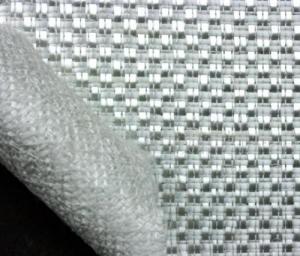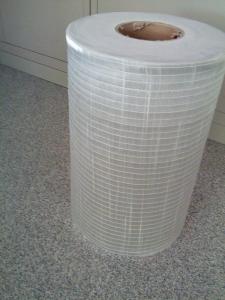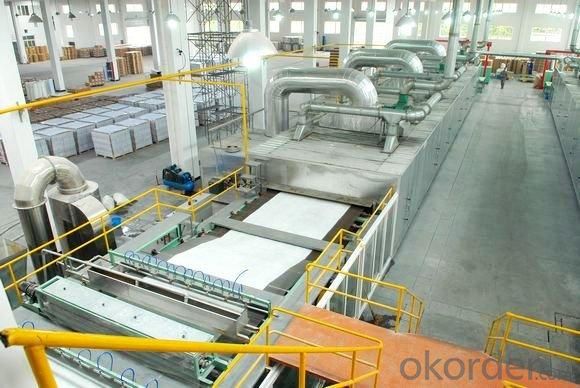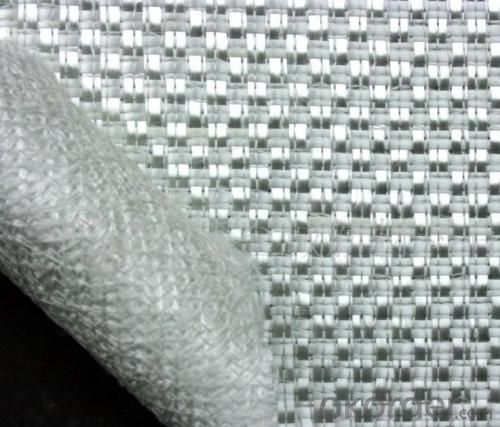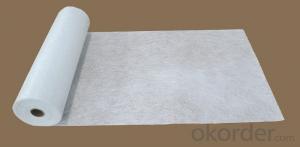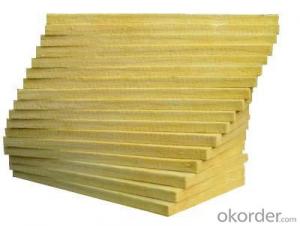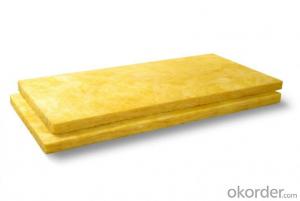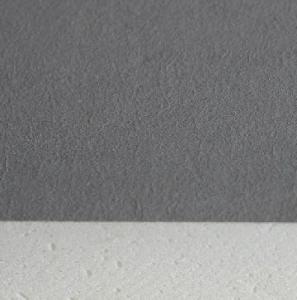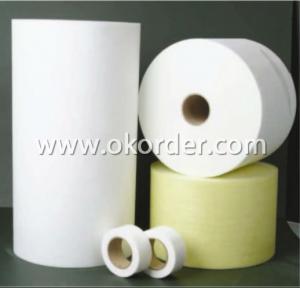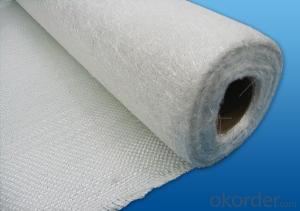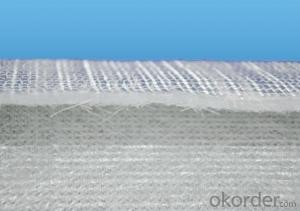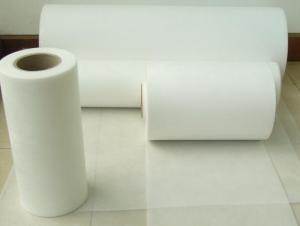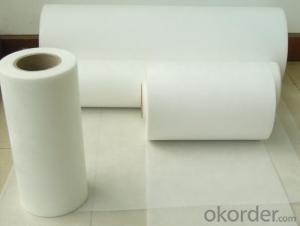Fiberglass Combo Mat
- Loading Port:
- China Main Port
- Payment Terms:
- TT or LC
- Min Order Qty:
- 2Ton kg
- Supply Capability:
- 600TON PER MONTH kg/month
OKorder Service Pledge
OKorder Financial Service
You Might Also Like
Specification of Fiberglass Combo Mat
1.ISO9001:2008 quality control certificate.
2. Fiberglass Combo Mat
3. Width ranging from 50mm to 2400mm, no binder used.
Product Characteristics of Fiberglass Combo Mat
1 Width ranging from 50mm to 2400mm, no binder used.
2 Good wet out in resins.
3 Fiber with high arranging density, high strength.
4 With regular interspacing, benefit to resin flow and impregnation.
5 Excellent stability, benefit to improve efficiency.
6 Excellent pressing performance, light weight, high strength.
Application of Fiberglass Combo Mat
Its widely used in FRP pultrusion, hand lay-up, RTM process to make FRP boat hulls, car body, panel and sheets, cooling parts and doors, various profiles.
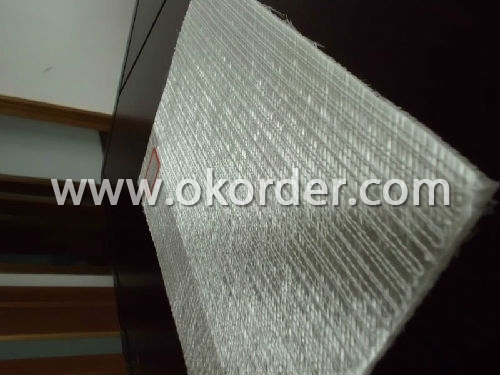
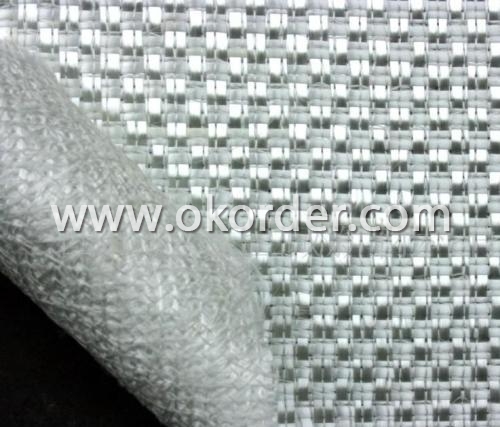
- Q: How does the roll length of fiberglass mat tissue affect its handling?
- The handling of fiberglass mat tissue can be influenced by the length of the roll in various ways. To begin with, a longer roll length will result in a heavier and larger roll. This can pose challenges when it comes to handling and maneuvering, especially during transportation or when moving the roll to different locations. It may necessitate the use of additional manpower or equipment to ensure safe handling and movement of the roll. Moreover, the length of the roll can impact the ease with which the fiberglass mat tissue can be unrolled and cut to size. Longer rolls are more susceptible to tangling or becoming tangled, which can hinder the smooth and even unrolling of the tissue. Consequently, this can lead to wastage of material or uneven application. Furthermore, the length of the roll can also have implications for storage and space requirements. Longer rolls will occupy more space and necessitate larger storage areas. This is a crucial consideration for manufacturers or distributors dealing with large quantities of fiberglass mat tissue. In conclusion, the length of the roll for fiberglass mat tissue can affect its handling by increasing its weight and making it more challenging to maneuver. Additionally, it can lead to tangling during unrolling and require larger storage space.
- Q: Is fiberglass mat tissue resistant to alkalis?
- Indeed, fiberglass mat tissue exhibits resistance against alkalis, making it a suitable option for construction and industrial purposes that involve interactions with alkaline materials like cement or concrete. Its design specifically caters to providing exceptional durability and longevity within such environments, thanks to its high resistance against alkalis. This durability stems from the chemical composition and structure of the fiberglass, which enables it to withstand the corrosive impacts of alkalis without any degradation. Hence, fiberglass mat tissue emerges as a dependable choice for projects requiring exposure to alkalis.
- Q: Does fiberglass mat tissue require any special curing conditions?
- Typically, there are no special curing conditions needed for fiberglass mat tissue. It can be cured at room temperature, eliminating the need for high temperatures or specific curing environments. The process involves applying resin to the tissue, which gradually hardens and forms a bond with the fibers. This curing can naturally take place at room temperature or can be expedited through the use of heat or catalysts. Nonetheless, it is crucial to adhere to the manufacturer's instructions and recommendations for the particular type of fiberglass mat tissue being utilized, as certain variations may have unique curing demands.
- Q: Can fiberglass mat tissue be used for insulation in cryogenic applications?
- Yes, fiberglass mat tissue can be used for insulation in cryogenic applications. Fiberglass is a versatile material known for its excellent thermal insulation properties. It has a low thermal conductivity, which means it is highly effective at reducing heat transfer. This makes it suitable for cryogenic applications where maintaining extremely low temperatures is crucial. Additionally, fiberglass is non-combustible and does not absorb moisture, making it ideal for cryogenic environments. It can be used as a layer of insulation in cryogenic storage tanks, pipes, and other equipment to prevent heat transfer and maintain the desired low temperatures.
- Q: Is fiberglass mat tissue suitable for chemical storage tanks?
- Yes, fiberglass mat tissue is suitable for chemical storage tanks. It is highly resistant to corrosion caused by various chemicals and provides excellent strength and durability to withstand the harsh conditions of chemical storage. Additionally, it helps in preventing leakage and ensures the long-term integrity of the tanks.
- Q: What is the tear strength of fiberglass mat tissue?
- The tear strength of fiberglass mat tissue is typically high, making it a durable and strong material.
- Q: How does fiberglass mat tissue compare to polyurethane insulation?
- Fiberglass mat tissue and polyurethane insulation are two commonly used materials in the construction industry, but they have distinct differences in terms of composition, performance, and applications. Fiberglass mat tissue is made from glass fibers that are woven into a mat-like structure. It is primarily used as a reinforcement material in various applications such as roofing, wall insulation, and fiberglass composites. The main advantage of fiberglass mat tissue is its high tensile strength, which provides excellent structural support and durability. It is also resistant to fire and chemicals, making it a suitable choice for applications where safety is a concern. On the other hand, polyurethane insulation is a foam material that is known for its excellent thermal insulation properties. It is commonly used in buildings to reduce heat transfer and improve energy efficiency. Polyurethane insulation has a high R-value, which indicates its ability to resist heat flow. This makes it an ideal choice for insulation purposes, especially in areas with extreme temperature conditions. Additionally, polyurethane insulation is lightweight, easy to install, and has good moisture resistance. When comparing fiberglass mat tissue to polyurethane insulation, it is important to consider the specific needs and requirements of the project. Fiberglass mat tissue is more suitable for applications that require structural reinforcement, such as roofing and composite materials. It provides excellent strength and durability, making it a preferred choice for such applications. On the other hand, polyurethane insulation is more effective in terms of thermal insulation. It offers superior heat resistance and has a higher R-value compared to fiberglass mat tissue. Therefore, if the primary goal is to improve energy efficiency and reduce heat transfer, polyurethane insulation would be the better choice. Overall, fiberglass mat tissue and polyurethane insulation have their own strengths and weaknesses. The decision on which material to use should be based on the specific requirements of the project, such as structural support or thermal insulation needs. Consulting with a professional and considering factors such as budget, environmental impact, and local building codes can help in making an informed decision.
- Q: Can fiberglass mat tissue be used for electrical insulation?
- Fiberglass mat tissue can indeed serve as electrical insulation due to its impressive properties. Composed of fine glass fibers, this non-woven fabric possesses exceptional electrical insulation capabilities. Its ability to endure high temperatures and exhibit a high dielectric strength renders it ideal for a range of electrical applications. For instance, it finds regular use as an insulation material in electrical transformers, motors, generators, and other electrical equipment. By creating a barrier that hinders the passage of electrical current, the fiberglass mat tissue safeguards the components against potential electrical shocks or short circuits. Moreover, it boasts resistance against moisture, chemicals, and UV radiation, thereby further enhancing its suitability for electrical insulation purposes.
- Q: Can fiberglass mat tissue be used for making lightweight partitions?
- Yes, fiberglass mat tissue can be used for making lightweight partitions. Fiberglass mat tissue is a lightweight material that is made from fine fibers of glass. It is known for its strength, durability, and flexibility, making it a suitable choice for constructing partitions. When used for making partitions, fiberglass mat tissue can be layered between other lightweight materials such as gypsum boards or plywood to provide additional strength and stability. The fiberglass mat tissue acts as a reinforcement layer, preventing cracks and increasing the overall structural integrity of the partition. Furthermore, fiberglass mat tissue has excellent fire-resistant properties, which is a crucial factor when constructing partitions. It helps to contain fire and prevent its spread, ensuring the safety of the occupants. In addition to its strength and fire resistance, fiberglass mat tissue also offers sound insulation properties. It can help to reduce noise transmission between different areas, making it an ideal material for creating private and quiet spaces. Overall, fiberglass mat tissue is a suitable choice for making lightweight partitions due to its strength, durability, fire resistance, and sound insulation properties. It can be effectively used in various applications such as residential buildings, offices, hotels, and other commercial spaces.
- Q: What are the different types of fiberglass mat tissue available in the market?
- There are several types of fiberglass mat tissue available in the market, including chopped strand mat (CSM), continuous filament mat (CFM), and surfacing mat. Chopped strand mat is made up of randomly oriented short glass fibers held together with a binder, providing good strength and conformability. Continuous filament mat consists of long continuous glass fibers, providing higher strength and stiffness. Surfacing mat, on the other hand, is a thin layer of fiberglass mat used to improve the surface finish and appearance of the final product.
1. Manufacturer Overview
| Location | Zhejiang, China |
| Year Established | 1969 |
| Annual Output Value | Above US$ 150 Million |
| Main Markets | overseas companies in Hongkong, Canada, South Africa, South Korea, India, Italy, Singapore, France and many other countries and regions. |
| Company Certifications | ISO9001;ISO14001 |
2. Manufacturer Certificates
| a) Certification Name | |
| Range | |
| Reference | |
| Validity Period |
3. Manufacturer Capability
| a) Trade Capacity | |
| Nearest Port | Shanghai |
| Export Percentage | 40%-50% |
| No.of Employees in Trade Department | 21-50 People |
| Language Spoken: | English |
| b) Factory Information | |
| Factory Size: | Above 5000,000 square meters |
| No. of Production Lines | Above 5 |
| Contract Manufacturing | |
| Product Price Range | Average |
Send your message to us
Fiberglass Combo Mat
- Loading Port:
- China Main Port
- Payment Terms:
- TT or LC
- Min Order Qty:
- 2Ton kg
- Supply Capability:
- 600TON PER MONTH kg/month
OKorder Service Pledge
OKorder Financial Service
Similar products
Hot products
Hot Searches
Related keywords

